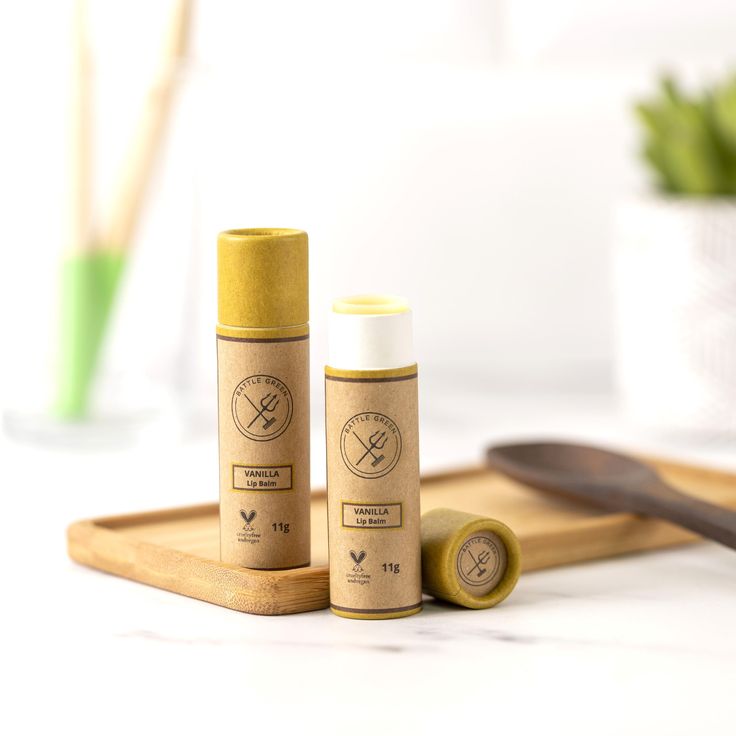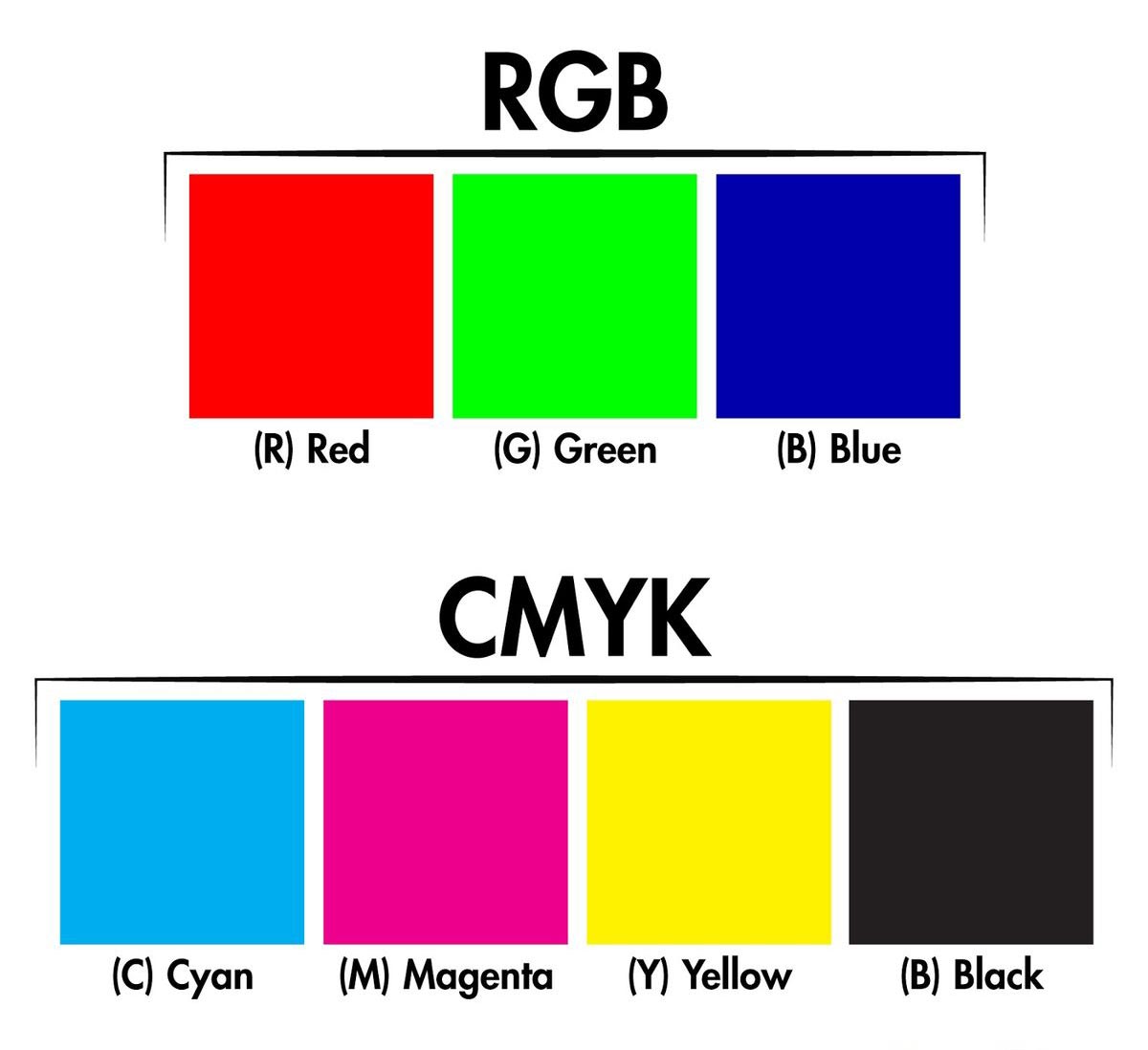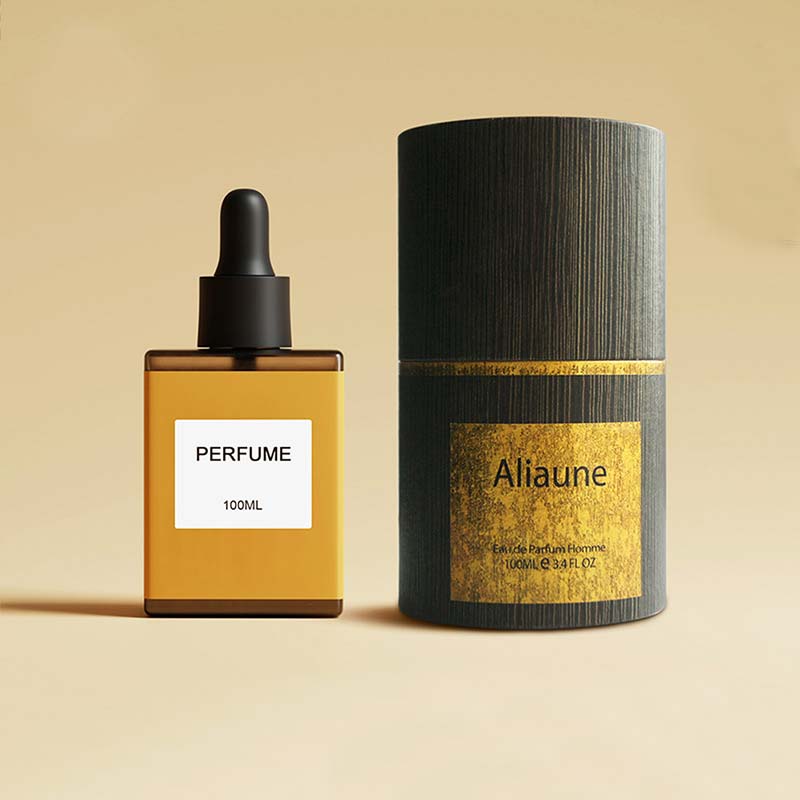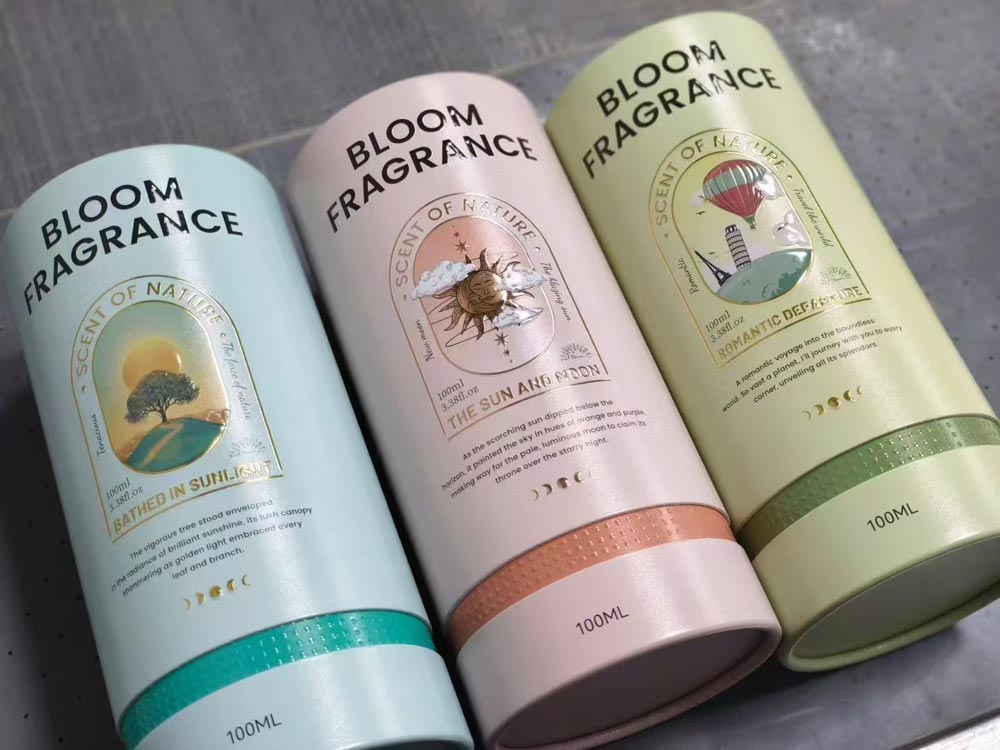H2 1: The Enemy of Fresh Tea: Understanding Oxygen, Light, and Moisture
Tea is one of the world’s most delicate commodities, with its freshness constantly threatened by three main enemies: oxygen, light, and moisture. When exposed to oxygen, tea undergoes oxidation that causes flavor degradation and nutrient loss. Light, particularly UV rays, accelerates this process through photochemical reactions. Moisture not only leads to mold growth but also destroys the tea’s delicate aromatic compounds. This is why investing in proper airtight tea packaging tubes is not just a packaging decision – it’s a crucial commitment to product quality. The right tea storage tubes can maintain optimal freshness for over 12 months, while inadequate packaging can ruin premium tea in just weeks.
The Foundation: Aluminum Foil Liners in Tea Packaging Tubes
The cornerstone of effective tea preservation begins with superior barrier materials. Aluminum foil liners provide the fundamental protection needed in all airtight tea packaging tubes, offering a complete barrier against oxygen, moisture, and light. Unlike paper-only containers or simple plastic liners, foil laminates typically achieve oxygen transmission rates below 0.5 cc/m²/day and water vapor transmission rates under 0.3 g/m²/day. This level of protection ensures that your tea maintains its original character, whether it’s the delicate notes of white tea or the robust character of black tea. For any brand serious about preserving tea freshness, aluminum foil liners are not optional – they’re essential.
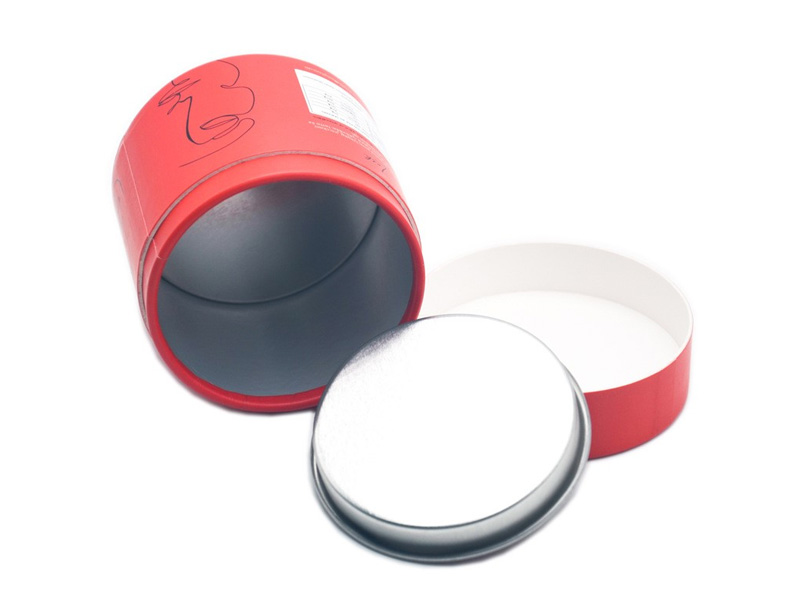
Port Sealing Technologies: From Maximum Protection to Practical Solutions
While aluminum foil liners form the primary barrier, the sealing method at the tube ends determines the overall effectiveness of your airtight tea packaging. There are two primary approaches:
High-Performance Machine Sealing: This method provides the highest level of protection for airtight tea packaging tubes. The process typically involves heat-sealing both ends – with one end sealed at the factory and the other after filling. This creates a truly hermetic environment that can preserve tea freshness for 18-24 months. This method is particularly valuable for premium teas and export products where extended shelf life is critical.
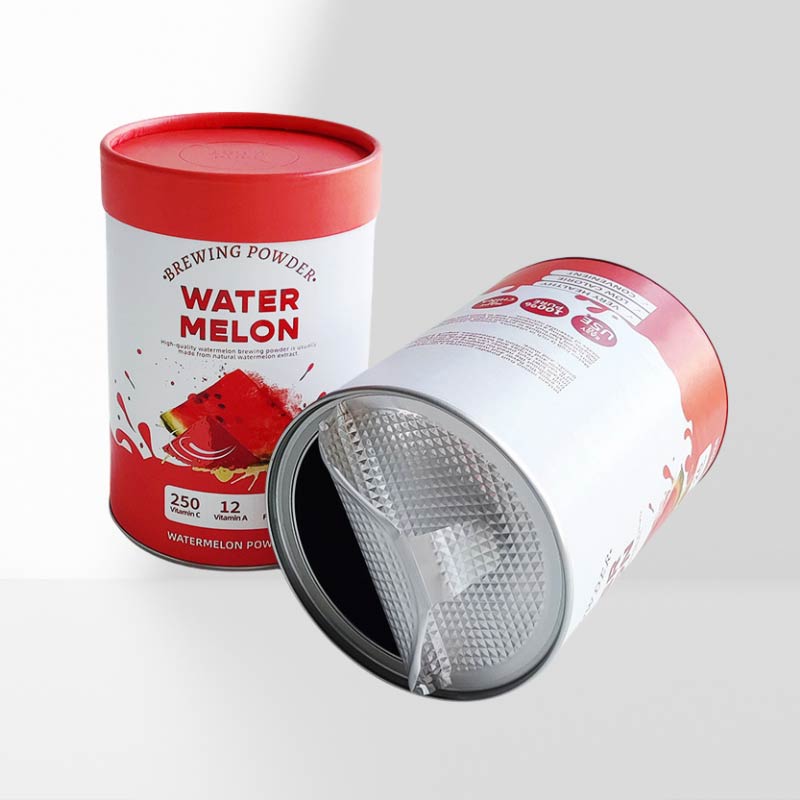
Practical Threaded Metal Lid Sealing: For situations where machine sealing isn’t feasible, threaded metal lids with integrated sealing rings offer an excellent balance of protection and convenience. These lids create a secure seal while allowing repeated access, making them ideal for daily-use teas. The metal-to-metal contact between the lid and tube provides superior protection compared to simple paper caps.
The Protective Power of Opaque Materials
The damaging effects of light on tea quality cannot be overstated. Research shows that tea exposed to direct sunlight can lose up to 50% of its flavor compounds in just 48 hours. Opaque tea storage tubes provide crucial protection against this threat. The combination of aluminum foil liners and opaque outer materials creates a complete light barrier that prevents photodegradation. This is particularly important for green teas and white teas, which contain delicate catechins and antioxidants that are highly sensitive to light exposure.
Tea-Specific Packaging Solutions: Matching Technology to Tea Types
Different tea types have distinct preservation requirements, and your choice of airtight tea packaging tubes should reflect these differences:
Green & White Teas: These delicate teas require maximum protection. Recommend machine-sealed tubes at both ends with oxygen absorbers, providing 12-18 months of optimal freshness protection.
Oolong & Black Teas: These semi-oxidized and fully oxidized teas benefit from a balanced approach. Ideal packaging involves one factory-sealed end and one threaded metal lid, offering good protection with convenient access.
Pu-erh & Aged Teas: While requiring protection from moisture, these teas also need minimal oxygen exchange for proper aging. Specialty breathable tea storage tubes with controlled permeability provide the ideal environment.
Flavored & Daily Teas: For these products, cost-effective solutions with basic foil liners and secure paper caps provide adequate protection while maintaining affordability.
Implementation Guide: Choosing Your Sealing Strategy
Selecting the right sealing technology for your airtight tea packaging tubes depends on several factors:
Choose machine sealing if:
-
You require guaranteed shelf life of 12+ months
-
Your tea is premium-priced or destined for export markets
-
You have access to filling and sealing equipment
Opt for threaded metal lids if:
-
Your tea is for daily consumption requiring frequent access
-
You need a balance of protection and convenience
-
Your production setup doesn’t support machine sealing
Maximizing Freshness: Best Practices for Tea Storage Tubes
To ensure your airtight tea packaging tubes deliver optimal performance:
-
Always fill tubes in low-humidity environments (below 40% RH)
-
Use oxygen absorbers for teas requiring long-term storage
-
Educate consumers on proper resealing techniques after opening
-
Store filled tubes in cool, dark environments away from direct sunlight
-
Implement quality control checks including random seal integrity tests
Conclusion: Partnering for Perfect Tea Preservation
Creating effective airtight tea packaging tubes requires expertise in both materials science and tea preservation. The combination of aluminum foil liners, appropriate sealing technologies, and tea-specific design considerations ensures that your products reach consumers in perfect condition.
At AllPaperTube packaging, we specialize in developing customized tea storage tubes that address the unique needs of each tea variety. Our technical team can help you select the ideal combination of materials and sealing technologies to ensure your tea maintains its premium quality from production to consumption.
Contact us today to discuss your specific tea packaging requirements and discover how our specialized airtight solutions can help you deliver exceptional tea experiences while extending your product’s shelf life.




